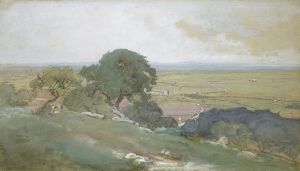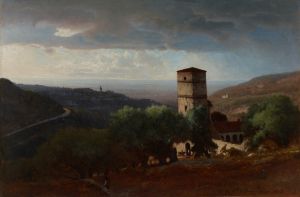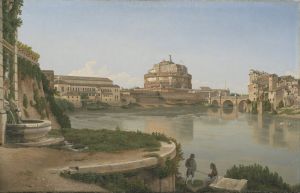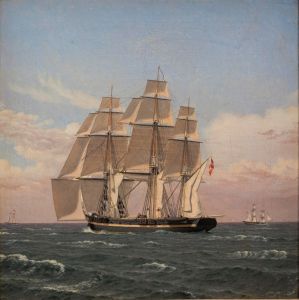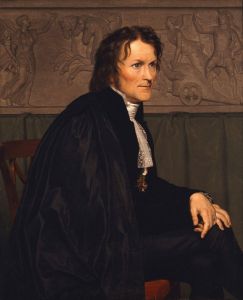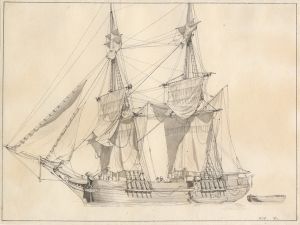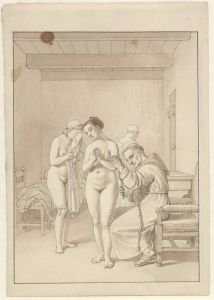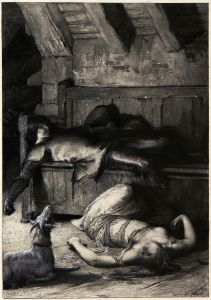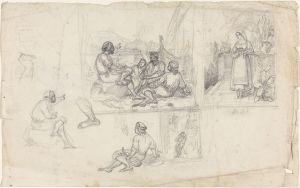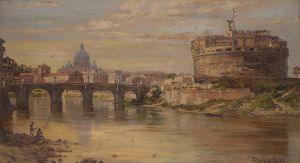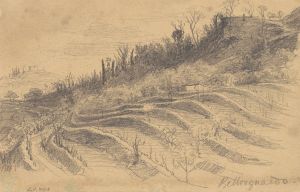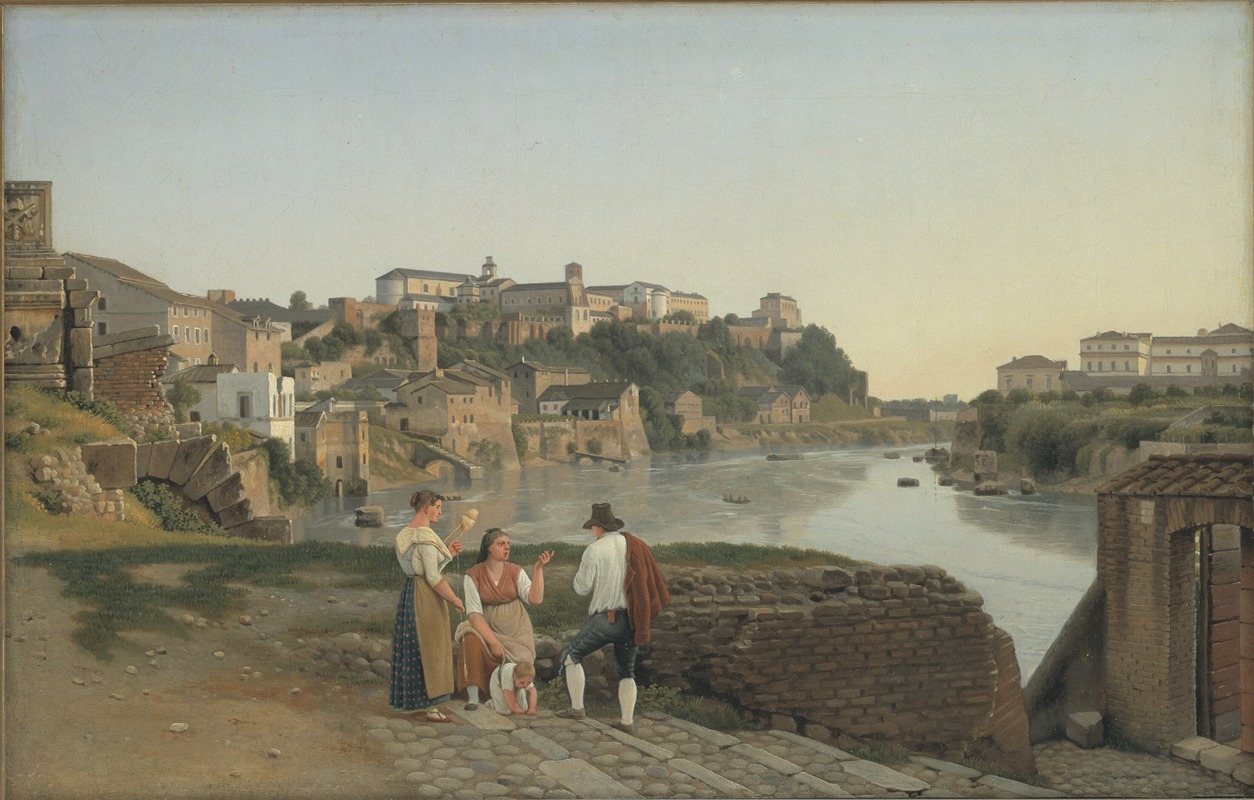
View of the Tiber towards the Aventin Hill in Rome
A hand-painted replica of Christoffer Wilhelm Eckersberg’s masterpiece View of the Tiber towards the Aventin Hill in Rome, meticulously crafted by professional artists to capture the true essence of the original. Each piece is created with museum-quality canvas and rare mineral pigments, carefully painted by experienced artists with delicate brushstrokes and rich, layered colors to perfectly recreate the texture of the original artwork. Unlike machine-printed reproductions, this hand-painted version brings the painting to life, infused with the artist’s emotions and skill in every stroke. Whether for personal collection or home decoration, it instantly elevates the artistic atmosphere of any space.
"View of the Tiber towards the Aventin Hill in Rome" is a painting by the Danish artist Christoffer Wilhelm Eckersberg. Eckersberg, often referred to as the father of Danish painting, was a prominent figure in the Danish Golden Age of painting. He was born on January 2, 1783, in Blåkrog, Denmark, and died on July 22, 1853, in Copenhagen. His works are known for their meticulous attention to detail and clarity, often reflecting his academic training and his dedication to the principles of neoclassicism.
This particular painting, "View of the Tiber towards the Aventin Hill in Rome," was created during Eckersberg's stay in Rome, which lasted from 1813 to 1816. The period he spent in Rome was crucial for his artistic development. It was there that he was deeply influenced by the classical art and architecture of the ancient city, as well as by the contemporary art scene, which included other notable artists such as Bertel Thorvaldsen.
The painting depicts a serene view of the Tiber River, with the Aventine Hill in the background. The Aventine Hill is one of the seven hills on which ancient Rome was built, and it holds significant historical and mythological importance. In the foreground, the calm waters of the Tiber reflect the surrounding landscape, creating a sense of tranquility and timelessness. The composition is carefully balanced, with the river leading the viewer's eye towards the distant hill, which is bathed in soft, natural light.
Eckersberg's use of light and shadow in this painting is particularly noteworthy. The soft, diffused light creates a harmonious atmosphere, emphasizing the natural beauty of the Roman landscape. His precise brushwork and attention to architectural details are evident in the depiction of the buildings and structures along the riverbank. These elements showcase Eckersberg's skill in rendering both natural and man-made forms with equal precision.
The painting is also a testament to Eckersberg's ability to capture the essence of a place. His depiction of the Tiber and the Aventine Hill is not just a topographical representation but also an evocation of the historical and cultural significance of Rome. By choosing this particular view, Eckersberg connects the viewer to the ancient past of the city, while also highlighting its enduring beauty.
"View of the Tiber towards the Aventin Hill in Rome" is housed in the Statens Museum for Kunst (National Gallery of Denmark) in Copenhagen. The museum holds a significant collection of Eckersberg's works, reflecting his importance in Danish art history. This painting, like many of his other works, continues to be admired for its technical excellence and its ability to convey a deep sense of place and history.
In summary, Christoffer Wilhelm Eckersberg's "View of the Tiber towards the Aventin Hill in Rome" is a masterful representation of the Roman landscape, showcasing the artist's technical skill and his deep appreciation for the classical heritage of the city. The painting remains an important piece within the context of Danish Golden Age art and continues to be celebrated for its beauty and historical significance.





